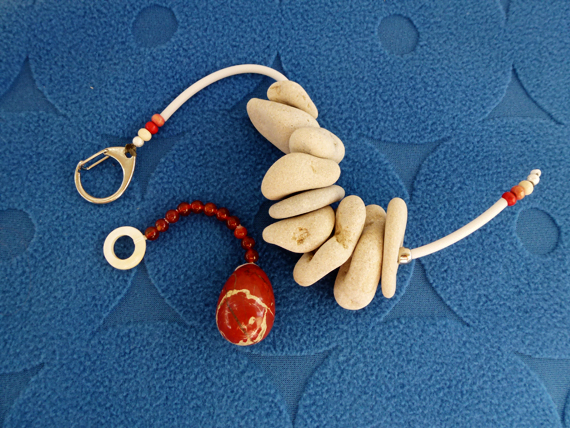Exercise Your Pelvic Floor: Do’s and Don’ts
It’s been said over and over again that exercising your pelvic floor or vagina muscles will have positive effects on your sex life, as well as on your urinary and reproductive health. The usual clench-and-release type of exercise for your pelvic floor is expected to strengthen your vaginal region. However, these may come with certain warnings. It’s imperative to know the correct way to exercise. Otherwise, you risk developing a weak pelvic floor and experiencing poor bladder and bowel control, among other effects.

Good Kegel exercises employ the correct muscles
Kegel exercises can be performed while sitting or standing. What’s more important is that you must know the right muscles to clench. For this, you need to focus right on your vagina and tighten it, then release and repeat. Experimenting with your urine flow may help, but stop this once you have found the right muscles. They’re not your abdominals, neither your glutes. Contract the pelvic floor muscles for 3 seconds while all the other ones are left loose, then release for other 3 seconds. Repeat 10 times. No more than a few such sets a day are enough. However, you need to do this daily for at least a few months.
Power up your Kegel exercises
You can attach a weight to a vaginal insertion and power up your exercises. It’s perfectly doable, many women have done it before and have reached some incredible performance levels. Only use Kegel weights, also known as vaginal weights, attached to an accessory especially made for this purpose. This is like weight lifting exercises for your pelvic floor. Strengthening this part of your body will help with urinary incontinence and boost your sex life, along with your partner’s satisfaction. The weights are doctor approved and you should being with the smallest ones. Some manufacturers offer internal weights in the shape of a ball that suits the interior of your vagina. While you are wearing it, the natural moves of your body will push the weight around and thus get to train your pelvic muscles.
What to avoid during Kegel exercises?
It’s not a good idea to perform Kegel exercises when you have a full bladder, no matter how useful you may feel that is to you. It’s because of all the added pressure of a bladder that’s filled up. Avoid doing this while urinating too, as it can leave some urine inside, which is bad for your health. Practice only when it’s empty. In addition, if you are feeling any abdominal discomfort or pain then it means that you haven’t done the exercises correctly. Also, you don’t have to squeeze your legs together; their muscles have nothing to do with pelvic floor workouts.
Strengthening your pelvic floor is an ongoing effort. While you don’t have to give it much time, you need to commit day after day. Results should appear in 2, maximum 3 months. If there is no change, you haven’t done it correctly. Should you witness positive change, don’t stop there. Exercises will be needed for maintenance. Kegels and vaginal weights will help you cope with pressure, such as holding the urine until you can find a toilet or avoid any leaks while coughing or sneezing. Never train pelvic muscles in excess, or they may become too hard and unable to function correctly.